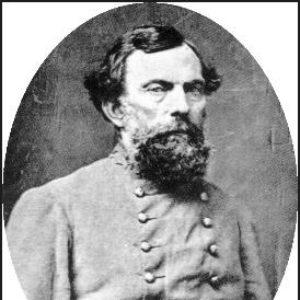 Theophilus Holmes
Theophilus Holmes
Time Period: Civil War through Reconstruction (1861 - 1874)
 Theophilus Holmes
Theophilus Holmes
Holmes, Theophilus Hunter
 Elias Holt Lynching Article
Elias Holt Lynching Article
Holt, Elias (Lynching of)
Holt, George Moreau
Homer
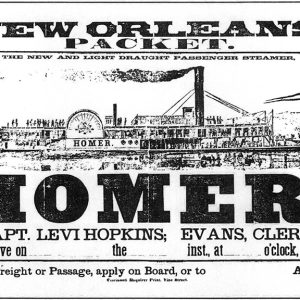 Homer Ad
Homer Ad
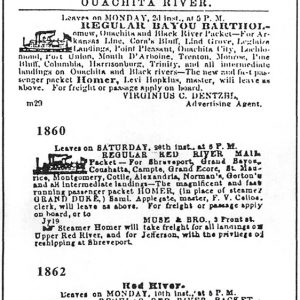 Homer Steamboat Schedule
Homer Steamboat Schedule
Homestead Act of 1862
Hopefield, Burning of
 The Hornet's Nest
The Hornet's Nest
 Hospital Steamer
Hospital Steamer
Hospitals (Civil War)
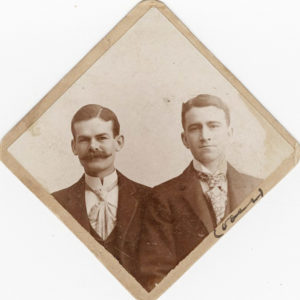 Hotze and Fletcher
Hotze and Fletcher
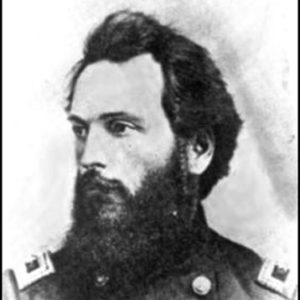 Charles Hovey
Charles Hovey
Hovey, Charles Edward
Howard County Reported Lynching of 1894
 John G. Hudson
John G. Hudson
Hudson, John Gardner
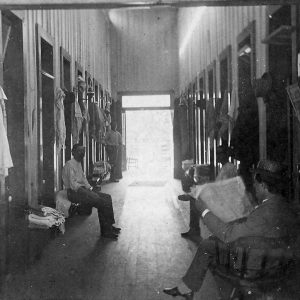 Huffman Hamilton Bathhouse
Huffman Hamilton Bathhouse
Humphries, Ban, and Albert H. Parker (Murders of)
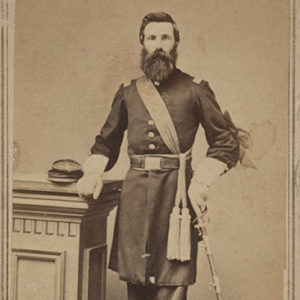 William J. Hunter
William J. Hunter
 William J. Hunter
William J. Hunter
Huntersville and Clinton, Scouts from
Huntersville, Skirmish at
Huntsville Massacre
Hurricane Creek, Skirmish at
aka: Skirmish at Hunter's Crossing
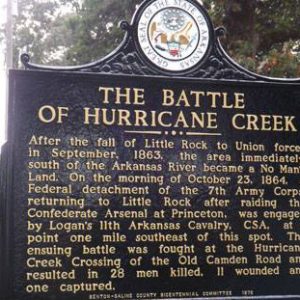 Hurricane Creek Marker
Hurricane Creek Marker
Hynes, William Joseph
I Go [Steamboat]
aka: Igo
aka: New Igo
aka: New Iago
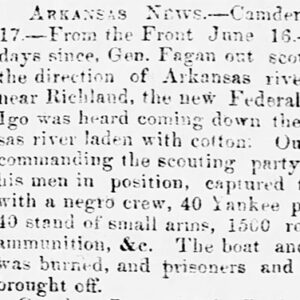 I Go Article
I Go Article
Impson, McClish (Execution of)
Indian Soldiers (Civil War)
Ingram, James M.
aka: James M. Ingraham
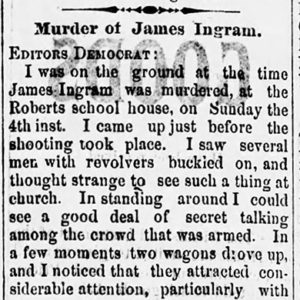 James Ingram Murder Article
James Ingram Murder Article
J. H. Miller
J. S. McCune [Steamboat]
aka: Brilliant (Steamboat)
aka: USS Brilliant (Tinclad Gunboat)
 J. S. McCune Ad
J. S. McCune Ad
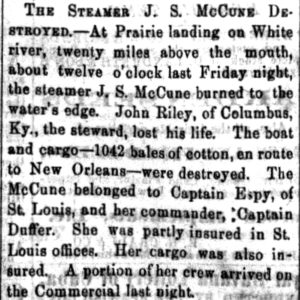 J. S. McCune Article
J. S. McCune Article
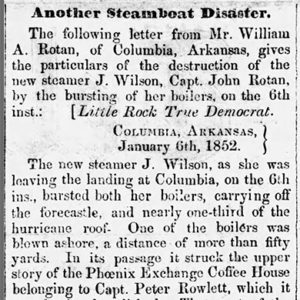 J. Wilson Steamboat Article
J. Wilson Steamboat Article
Jackman, Sidney Drake
 Sidney Drake Jackman
Sidney Drake Jackman
 Jackson Execution Story
Jackson Execution Story
Jacksonport, Affair at
aka: Skirmish at Stoney Point
Jacksonport, Attack on
Jacksonport, Skirmish at
aka: Augusta Expedition (April 22–24, 1864)
Jayhawkers and Bushwhackers
aka: Bushwackers and Jayhawkers
aka: Guerrillas (Civil War)
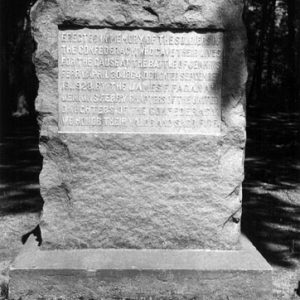 Engagement at Jenkins' Ferry Monument
Engagement at Jenkins' Ferry Monument
Jenkins’ Ferry, Engagement at
 Jobe Endorsement Article
Jobe Endorsement Article




